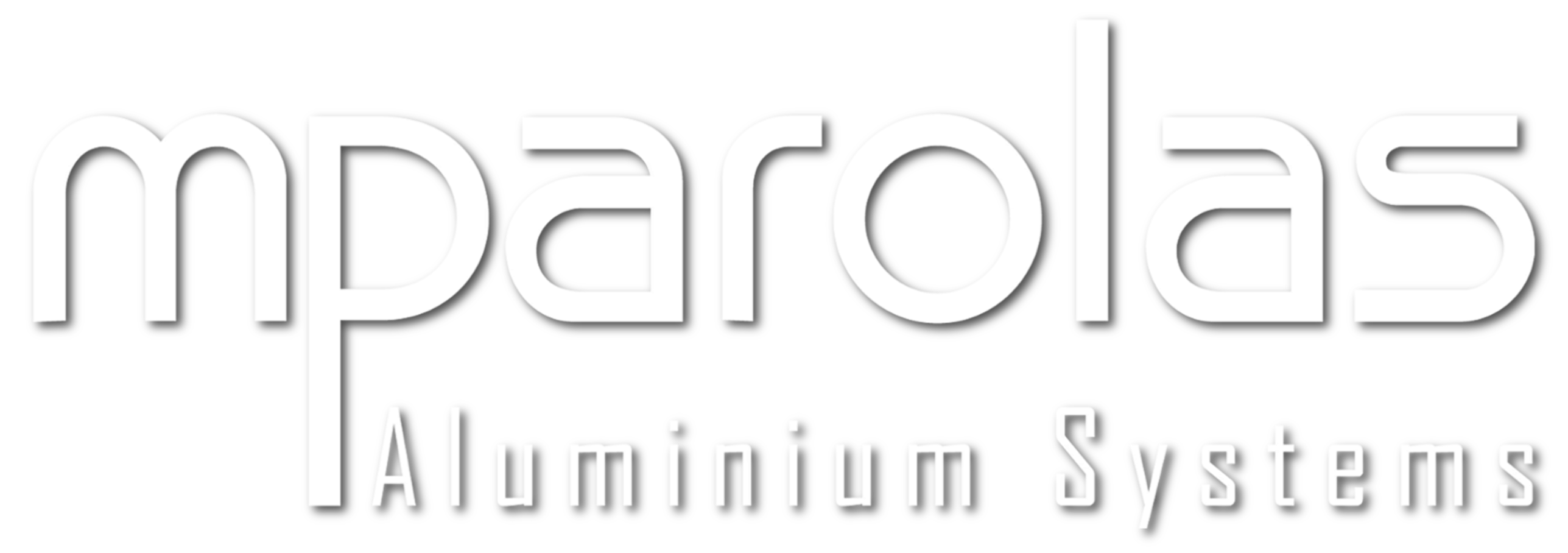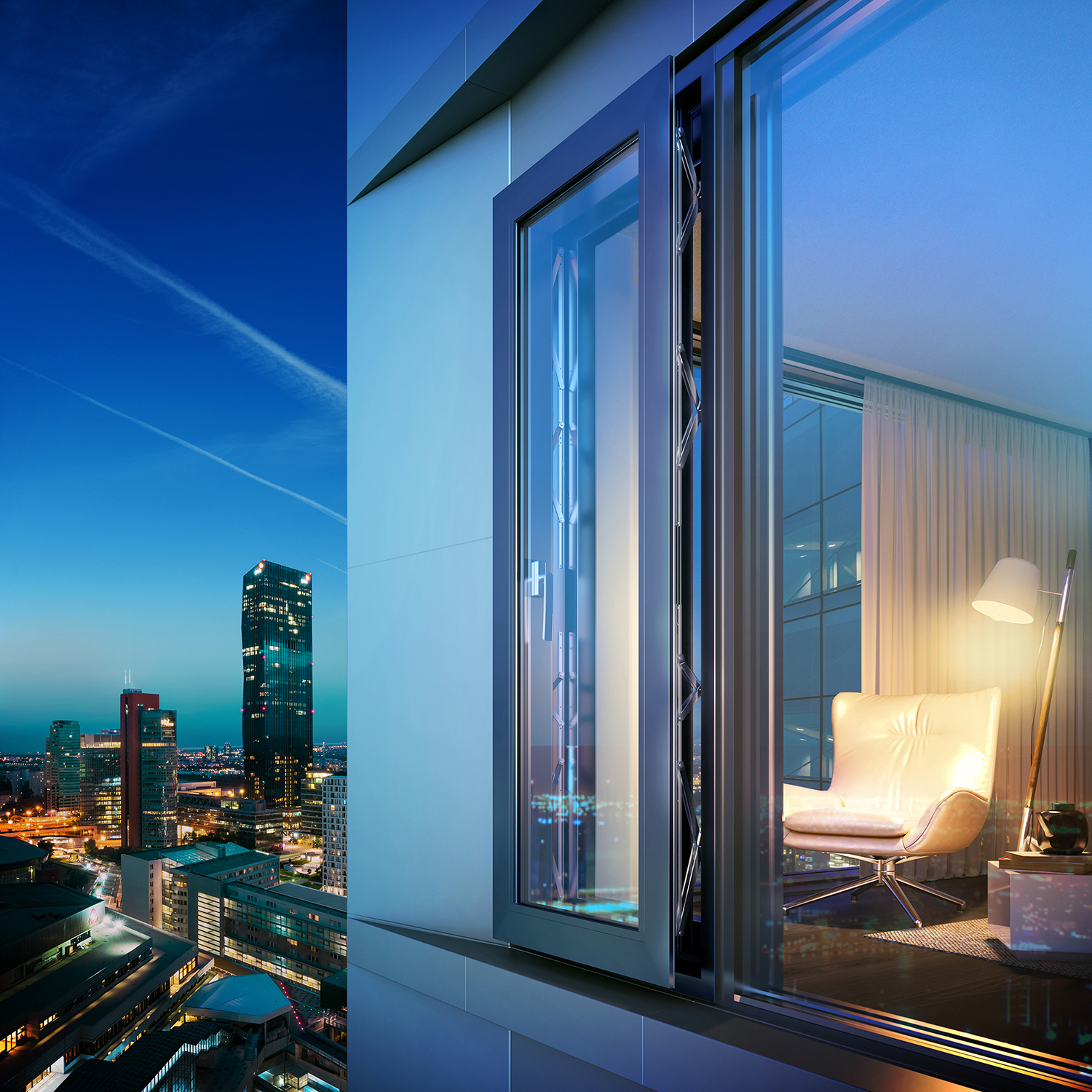Trend analysis with ARUP about the future of facades post COVID-19
Façade trends after COVID-19: Ventilation
With people spending between 60 to 90 percent of their time indoors, ventilation and cooling play a major role in safeguarding health and wellbeing. The current pandemic only intensifies this trend. In view of the growing need for background ventilation, natural ventilation devices integrated with the opening elements of building facades that address requirements for energy efficiency and acoustics have considerable market potential in the post-corona economy. Reynaers Aluminium already paved the way with some newly developed products, like our sound-reducing SoftTone window or our opening elements for façade solutions.

Ventilation was already a popular topic in construction before the COVID-19 crisis struck. The pandemic only increased this trend and stimulated architects and engineers to search for better and alternative ways to create a healthy environment in residential, office, and public spaces. The introduction of opening elements for curtain walls gives all stakeholders in the construction industry the means to meet that goal.

By expanding the range of opening elements in curtain wall systems, we can offer a solution for natural ventilation in almost all situations. Improving the thermal and other performances create consistency of the possibilities throughout the systems and their variants and strengthen our curtain wall portfolio. The design drivers of this product release are aesthetics, performance and reliability.
Reynaers Aluminium’s Masterline SoftTone window
Reynaers Aluminium launched a new variant of its MasterLine window series, which has been developed in particular as a noise-reducing solution, allowing architects to appease aspiring cityliving homeowners to still open a window and create a fresh indoor living experience. SoftTone® is the result of the partnership between Arup – who developed SAFE (sound attenuating façade element) technology, and Reynaers Aluminium. The result is a sustainable architectural solution for natural cooling and ventilation in urban environments. Parallel opening window units allow maximal ventilation and cooling whilst the SoftTone® components inside the window filter out the noise. This results in a fresh, healthy and relax working and living experience, even in the middle of a vibrant city. Discover more about MasterLine SofTone here.
Façade trends after COVID-19: Cooling
The cooling requirements of buildings more than tripled between 1990 and 2018. A significant proportion of the energy consumption is used to cool office buildings. Passive and bioclimatic solutions not only reduce cooling loads, but also the need for mechanical systems and contribute to the robustness of building technology. Night cooling uses the thermal storage masses of the primary structure such as ceilings and walls as a buffer to absorb heat during the day. At night, the heat is dissipated through the airflow controlled by the ventilation openings. Open, zoned and activity-based office layouts support this concept.
It is to be expected that the wave of renovations initiated by the European Green Deal will offer new growth opportunities for nighttime cooling. Because by reducing the ventilation cross-sections, it also allows the clearance height of existing properties to be increased.


